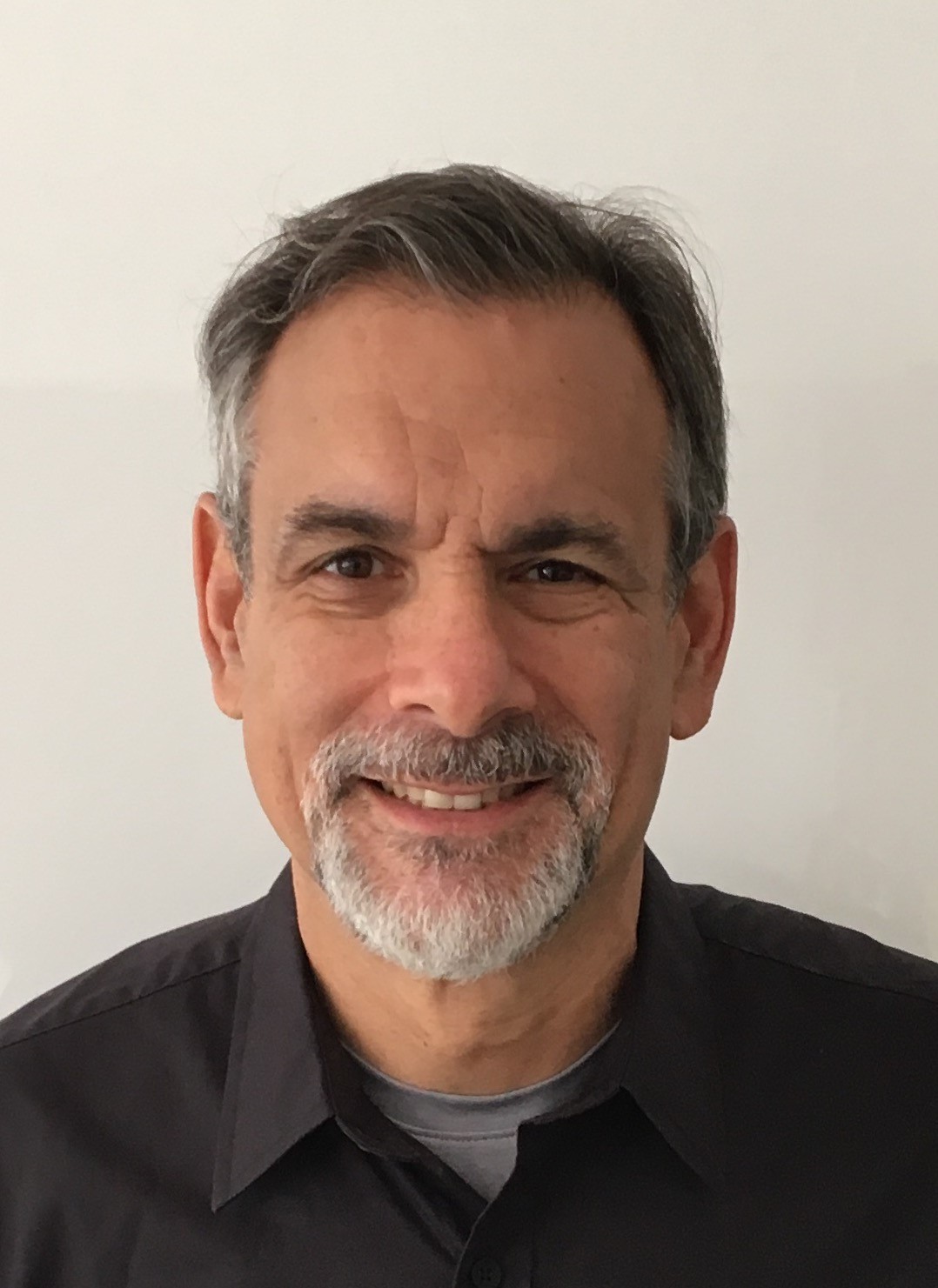 I have always been a builder.
I have always been a builder.
Professionally, I am an architect. I have designed housing, theaters, libraries, a police station house, social service facilities, cultural centers and museums.
I am also a builder of communities, working with local organizations to help alleviate poverty, violence, and social disenfranchisement.
You could say that I’ve spent my life building spaces where people could grow. I never imagined, however, that I would someday have to rebuild my own.
In February 2015, after experiencing months of excruciating and debilitating back pain that doctors mistakenly attributed to deteriorating lower lumbar discs, I had an MRI that revealed multiple vertebral compressed fractures. My new doctor, suspecting multiple myeloma, immediately ordered blood work.
While I awaited the results over several days, my health declined rapidly and I landed in the hospital intensive care unit, where I spent the next three weeks receiving treatment for anemia, dehydration, a-fibrillation, and kidney and liver failure. While I was there, I also received a diagnosis: multiple myeloma.
Although my hospitalization and subsequent participation in a clinical trial stabilized me, I faced severe physical limitations. The multiple compressed vertebral fractures left me with a deformed spine, atrophied muscles, an inability to perform basic functions and a body wracked with pain. Despite tremendous support from friends, community and my partner, Joan, I was not prepared for the uncertainty that lay ahead.
Joan tried mightily to comfort me. She had a hospital bed delivered to our home, and asked one night to lie behind me. At first, I could not bear the thought of her touching my back. After all, just the shower or clothes against my skin hurt. But eventually I agreed, deeply touched by her loving persistence.
Nevertheless, I felt lost and paralyzed. I had no schedule or daily structure. I was in pain, unsteady on my feet and scared. I spent hours doing basic things that once took minutes — using the bathroom, washing, getting in and out of bed, dressing, traveling to the hospital for chemotherapy and lab work. How would I rebuild my life?

There is a narrative of loss, tragedy and death that stigmatizes people with cancer. I noticed colleagues, friends, and even family responding to me as if I had a death sentence. At work, no one asked what tasks I could and could not handle, or how they could make reasonable accommodations. Instead, they terminated me. This is just one reason why many people conceal their cancer. I did the opposite: I embraced mine.
I created a schedule for cooking, eating, having physical and occupational therapy, and working with the health care professionals who made home visits. I regularly invited friends to accompany me to appointments for chemotherapy and lab work. Although I needed to rest during the day, I began — and continue to — exercise vigilantly to slow down further deterioration. I also searched for support groups and people with the same diagnosis. The Leukemia & Lymphoma Society has been especially helpful in providing medical and financial resource information.
Five years after my diagnosis and now in partial remission, I have come to accept my cancer and my new self. I can't live my life as before, and yet, where some doors have closed, others have opened. I am more emotionally open and available to friends. I feel deep joy and gratitude for their and my healthcare providers’ support and love. I am more curious about what is happening around me. And, I am open to the unknown. I don’t feel anxious about the uncertainty ahead but excited about the promise of the future. My concerns, insecurities, anxieties, depression, anger, and joy are not going away. They are the material with which I am rebuilding my life.
